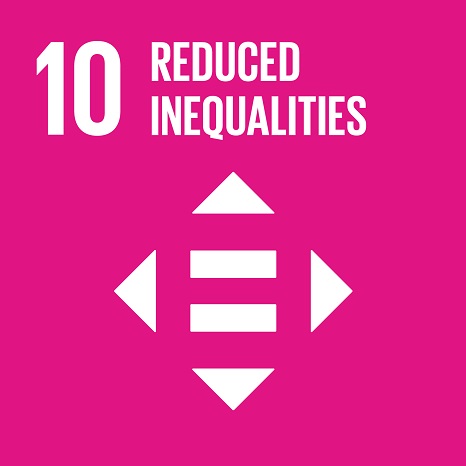Ciência_Iscte
Publications
Publication Detailed Description
Atas do 12º Encontro Português de Computação Gráfica
Year (definitive publication)
2021
Language
English
Country
Portugal
More Information
Web of Science®
Scopus
This publication is not indexed in Scopus
Google Scholar
This publication is not indexed in Google Scholar
This publication is not indexed in Overton
Abstract
In this work, we present a novel free-hand gesture user interface based on detecting the trajectory of fiducial markers attached to the user's fingers and pulse, able to interact with a sequence of images of a digital video piece. The model adopted for the video representation is based on its decomposition in a sequence of frames or filmstrip. Sensor-less and cable-less interfaces provide the means for a user to intuitively interact through gestures with the filmstrip within the framework of an Augmented Virtuality usage scenario. By simply gesturing, users can select at random, drag, release, delete or zoom image frames, browse the filmstrip at a controlled user-defined rate, and issue start, end, stop and play commands to control the digital video sequence better. A fixed video camera monitors user interaction by gesturing the fiducial markers. This scheme enables the system to simplify the more complex problem of markerless free-hand gesture tracking. Once the computer vision layer detects and recognises the markers in real-time, the system obtains the marker centres' 3D pose (position and orientation) relative to a virtual camera reference frame, whose mathematical model matches the real video camera. We are specifically interested in obtaining the pose of the left and right-hand pulses, left and right thumb, and left and right-hand index. By projecting the positions of these poses in the 2D visualization window, simple topological analysis based on the study of the kinematics evolution of distances and angles can be implemented, enabling gesture recognition and the activation of system functions and, subsequently, of specific gesture-based user interaction for a given active functionality. This interaction will affect the shape, scale factor, position and visualisation of scene objects, that is, filmstrip frames. For the computer vision layer, our system adopts AR Toolkit, a C/Open GL-based open-source library that uses accurate vision-based tracking methods to determine the virtual camera pose information through the detection in real-time of fiducial markers. The graphical output is implemented with C++/Open GL. Our proposed system is general because it can interact with any filmstrip obtained ''a priori'' from a digital video source.
Acknowledgements
--
Keywords
Augmented virtuality,Tangible interfaces,AR toolkit,Hand and finger gesture,Digital video editing,Image browsing,Filmstrip
Fields of Science and Technology Classification
- Computer and Information Sciences - Natural Sciences
- Electrical Engineering, Electronic Engineering, Information Engineering - Engineering and Technology
Contributions to the Sustainable Development Goals of the United Nations
With the objective to increase the research activity directed towards the achievement of the United Nations 2030 Sustainable Development Goals, the possibility of associating scientific publications with the Sustainable Development Goals is now available in Ciência_Iscte. These are the Sustainable Development Goals identified by the author(s) for this publication. For more detailed information on the Sustainable Development Goals, click here.

 Português
Português



